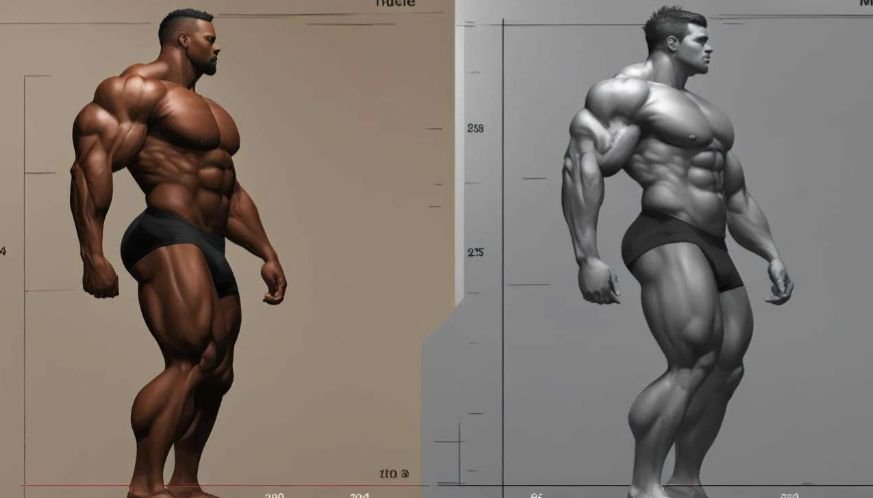Understanding the difference between muscle and fat loss is critical for anyone wishing to enhance their body composition and health. In order to achieve a healthier and more fit body, it is critical to understand the distinction between muscle loss and fat loss. Both processes have a tremendous impact on the body, but in very unique ways. Understanding these distinctions between muscle vs fat comparison might help you modify your workout and diet programs to attain your goals more successfully.
The Nature of Muscle and Fat
Muscle and fat serve different purposes in the body. Muscles are active tissues composed primarily of protein, responsible for movement, stability, and strength. They play a critical role in metabolism, as muscle tissue burns calories even at rest. Fat, on the other hand, is a storage form of energy. Adipose tissue, where fat is stored, acts as an energy reserve, protects organs, and helps regulate body temperature.
Impact on Metabolism
One of the most significant differences between muscle and fat loss lies in their impact on metabolism. Muscle tissue is metabolically active, meaning it requires energy (calories) to maintain. Consequently, the more muscle mass you have, the higher your resting metabolic rate (RMR), which is the number of calories your body needs to function at rest.
Fat tissue, in contrast, is less metabolically active and burns fewer calories. Losing muscle mass can therefore reduce your RMR, making it harder to maintain or lose weight. Conversely, losing fat while preserving or building muscle can enhance your metabolism and make weight management easier.
Physical Appearance and Health
Losing fat generally leads to a leaner, more toned appearance, while losing muscle can result in a less defined and potentially weaker physique. When people aim to improve their body composition, the goal is often to reduce fat while maintaining or increasing muscle mass. This approach not only enhances aesthetic appeal but also supports better physical performance and health.
Excessive muscle loss can lead to decreased strength, impaired physical function, and increased risk of injuries. On the other hand, high levels of body fat, especially visceral fat around the organs, are associated with numerous health risks, including cardiovascular disease, diabetes, and metabolic syndrome.
How to Promote Fat Loss Over Muscle Loss?
To ensure you’re losing fat rather than muscle, it’s important to combine proper nutrition with an effective exercise regimen. A diet rich in protein supports muscle maintenance and growth, especially when coupled with resistance training.
Strength training exercises, such as weightlifting, squats, and push-ups, stimulate muscle growth and help preserve muscle mass during weight loss. Additionally, incorporating cardiovascular exercise can aid in burning calories and reducing fat. However, it’s crucial to balance cardio with strength training to avoid muscle loss.



